Lilac in a container?
queuetue
15 years ago
Related Stories

CONTAINER GARDENS7 Deer-Resistant Flowers for Your Summer Containers
Grow these as protection for edibles or just for their colorful beauty — deer might not like them, but everyone else will
Full Story
FALL GARDENING12 Fabulous Fall Container Gardens
Celebrate the season with potted displays rich in color and texture
Full Story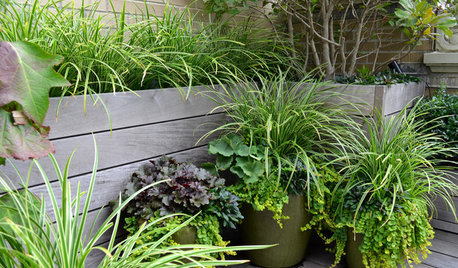
PLANTING IDEASCreate High-Impact Container Gardens With Grasses
When it comes to adding drama, texture and panache to a pot, these strappy species are hard to beat
Full Story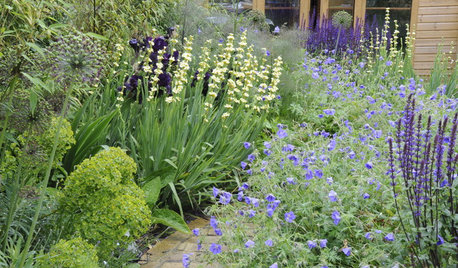
PLANTING IDEAS5 Ways to Use Pastel Plantings in Contemporary Gardens
Learn how pink, lilac, lavender, cream and peach can bring a soft beauty to your landscape
Full Story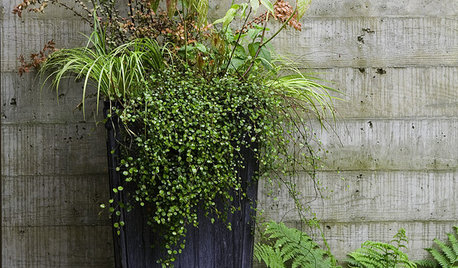
GARDENING GUIDESThe Secret Formula for Grouping Plants in a Pot
Designing a gorgeous container garden is easy once you know this simple rule of thumb for composition
Full Story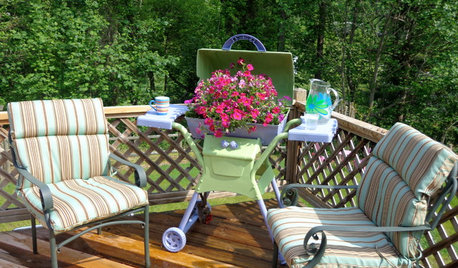
SALVAGEReinvent It: Make a Cheery Planter From an Old Eyesore
Don't ignore that yucky old grill growing rust in your yard — turn it into a lighthearted planter that's a joy to see
Full Story
GARDENING GUIDESWhat Are Your Spring Gardening Plans?
Tearing out the lawn? Planting edibles? Starting from scratch? Tell us what you plan to change in your garden this year
Full Story
GARDENING GUIDES10 Top Native Plants for Southern California Gardens
Enjoy a fuss-free, water-wise garden by growing plants naturally in tune with the climate and wildlife of Southern California
Full Story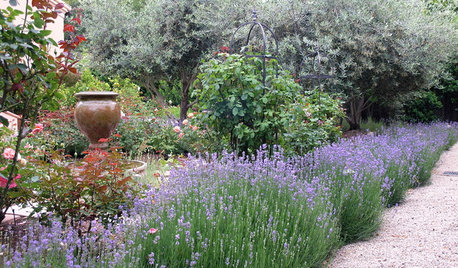
FLOWERSHerb Garden Essentials: Grow Your Own Fragrant Lavender
This do-it-all plant is ideal for almost any garden, and its uses are abundant around the home
Full Story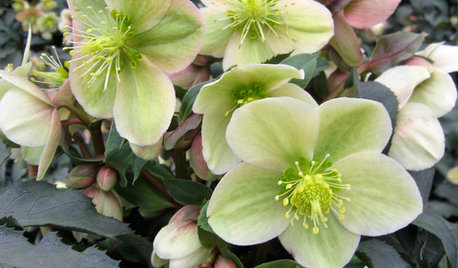
WINTER GARDENINGGreat Design Plant: Gold Collection Hellebores Perform Like Stars
Exciting colors, longer bloom times, forward-facing flowers ... These hybrids leave old hellebores in the dust
Full StoryMore Discussions







queuetueOriginal Author
redneck_grower
Related Professionals
Kenmore Landscape Architects & Landscape Designers · Lyons Landscape Architects & Landscape Designers · Clermont Landscape Contractors · Allentown Landscape Contractors · Lyndhurst Landscape Contractors · Vermilion Landscape Contractors · Hercules Solar Energy Systems · Hinsdale Solar Energy Systems · Aurora Window Contractors · Jacksonville Window Contractors · Cocoa Beach Window Contractors · Springfield Window Contractors · Golden Fence Contractors · Rome Fence Contractors · Santa Maria Fence Contractorstapla (mid-Michigan, USDA z5b-6a)
queuetueOriginal Author
redneck_grower
tapla (mid-Michigan, USDA z5b-6a)